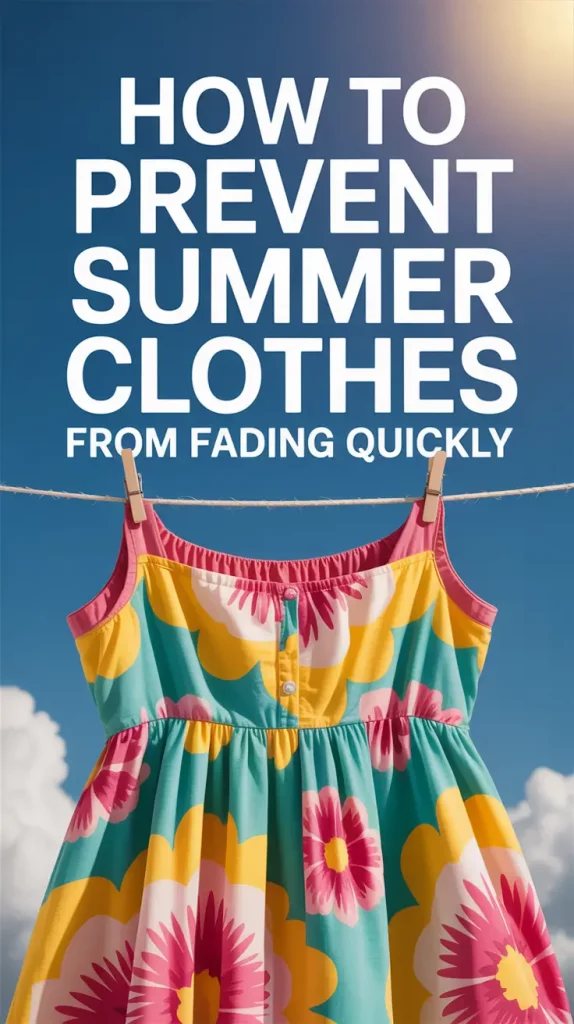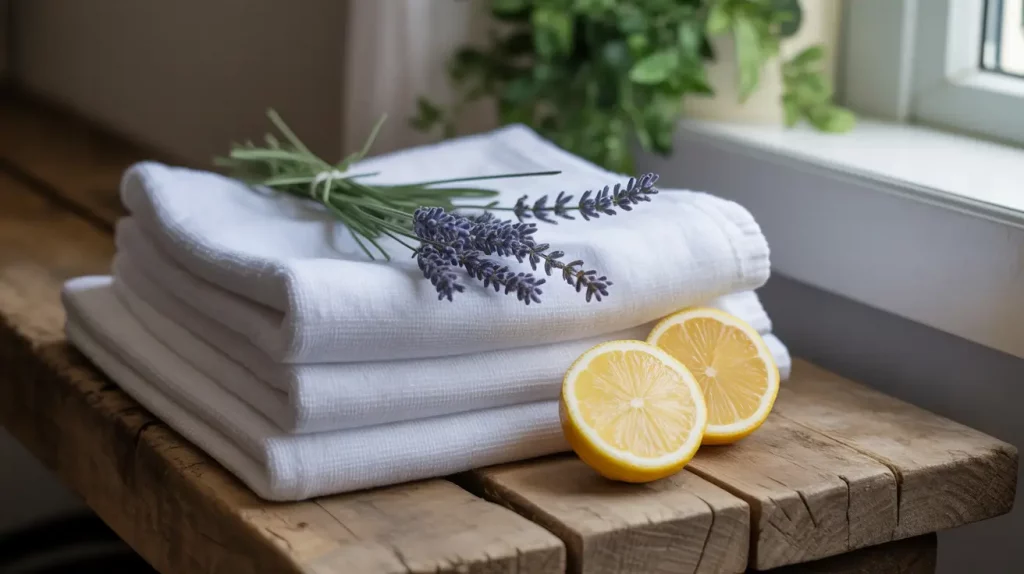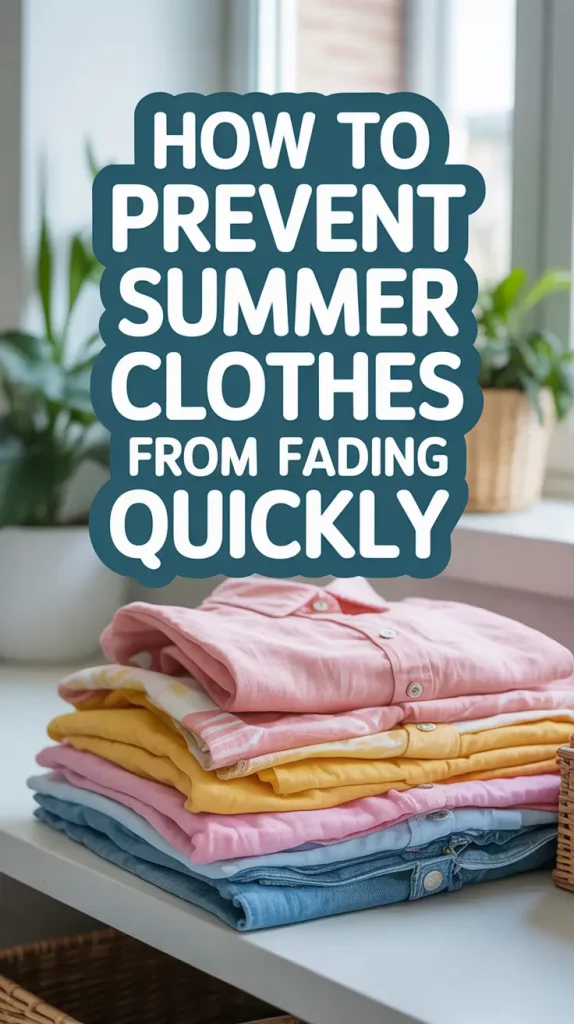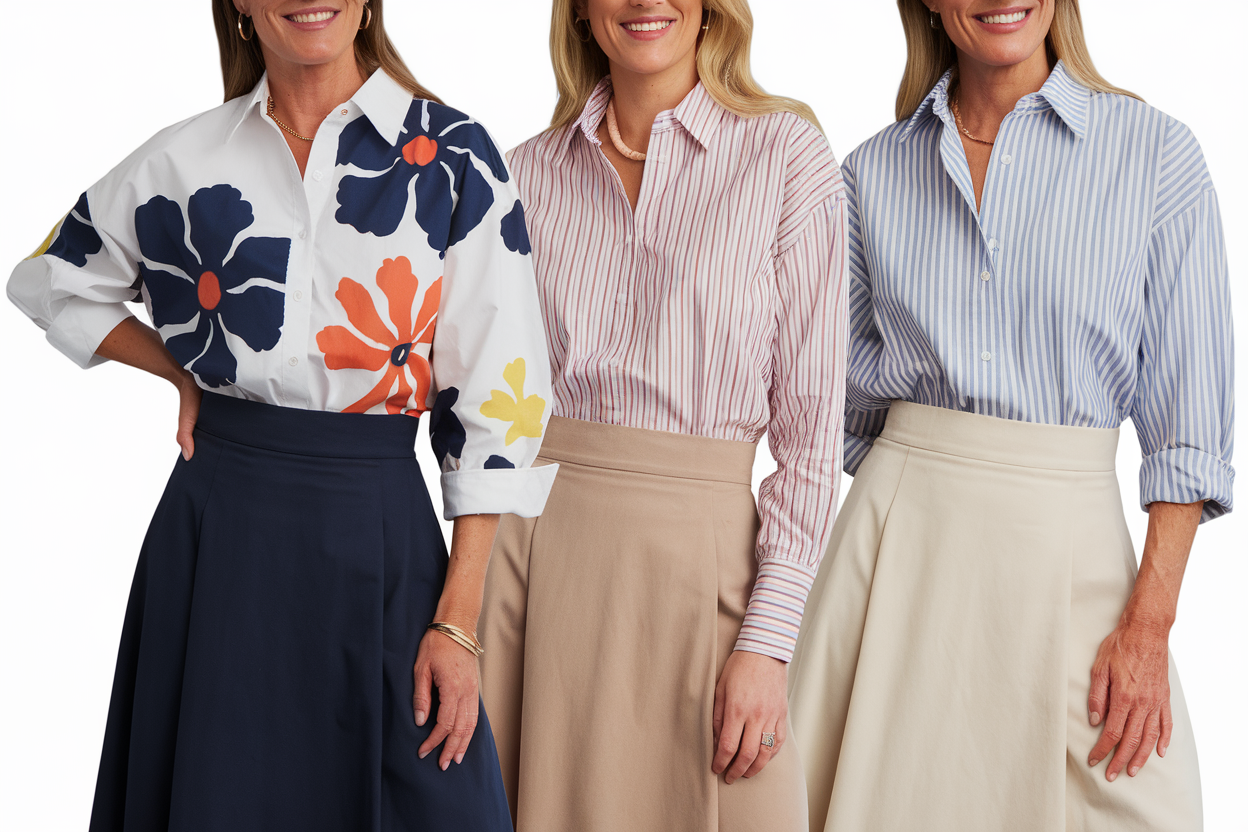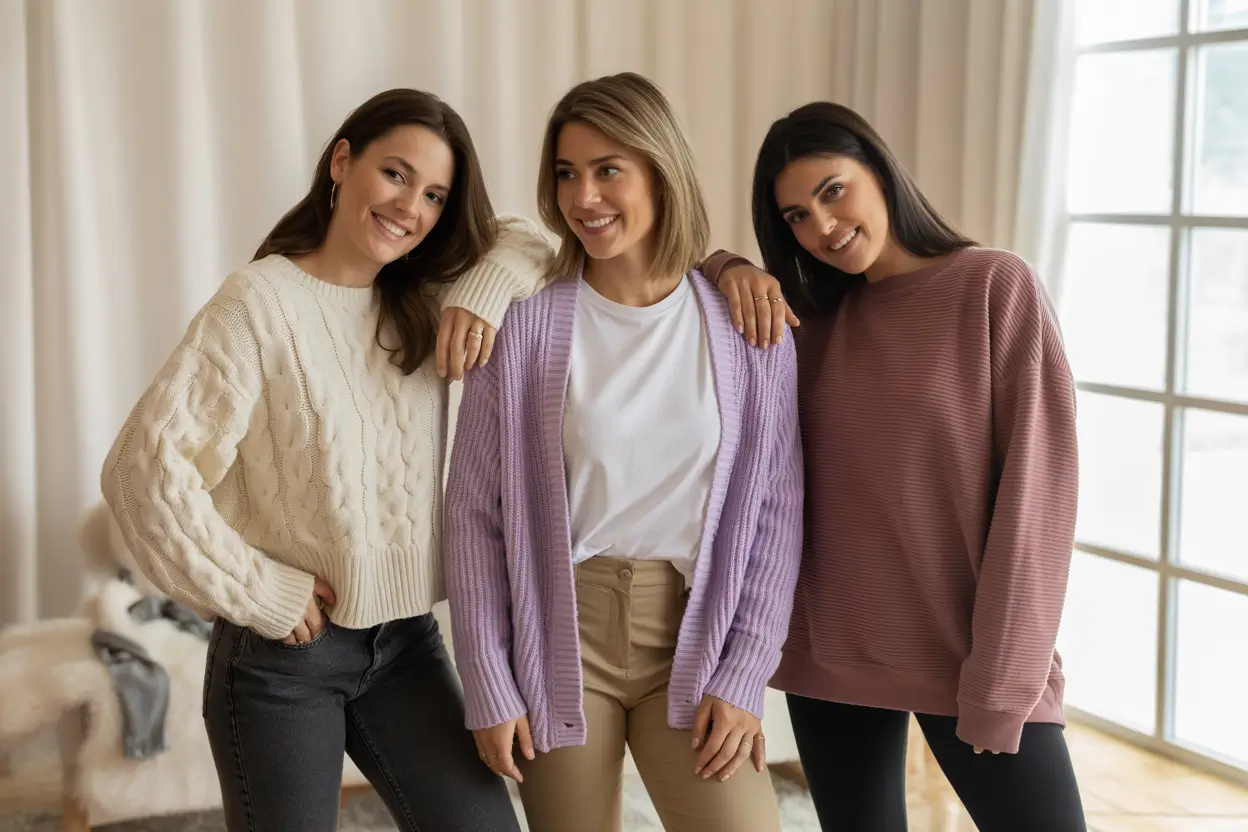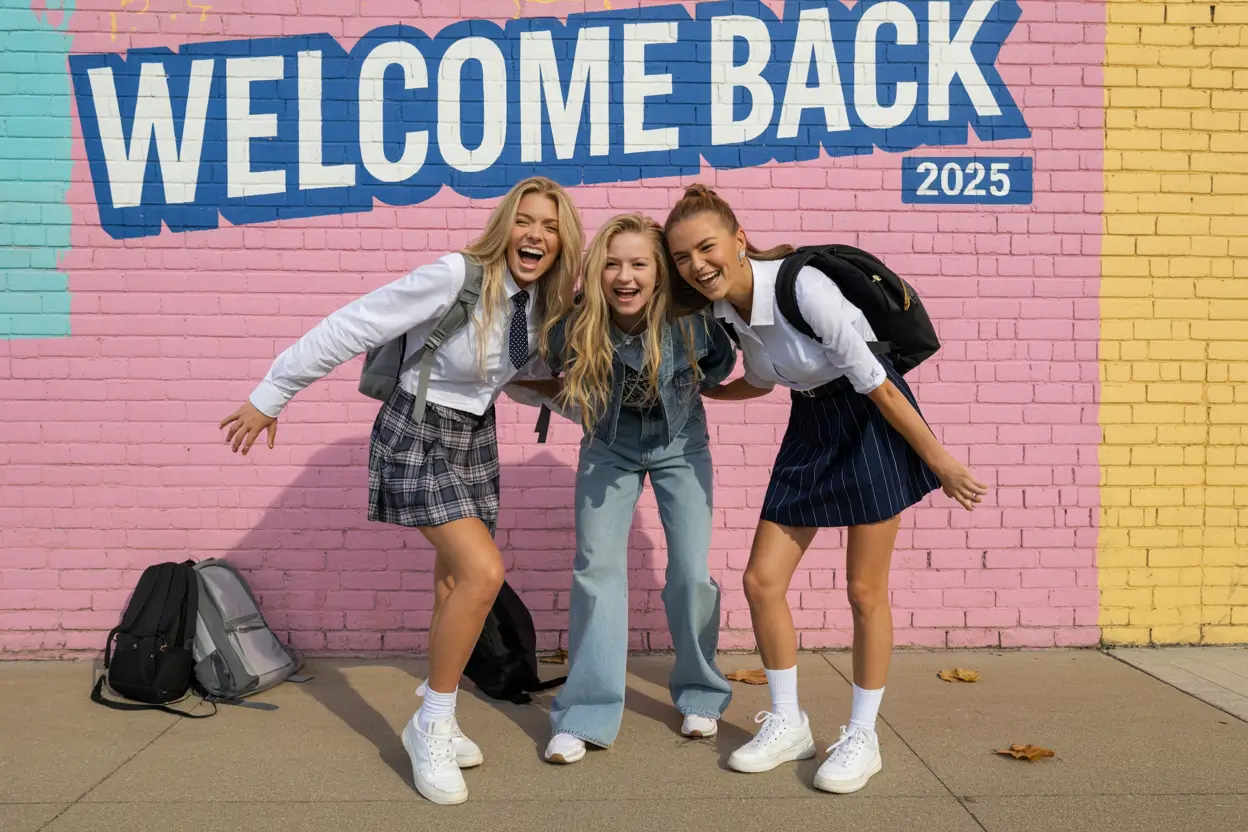How to Prevent Summer Clothes from Fading in 2025
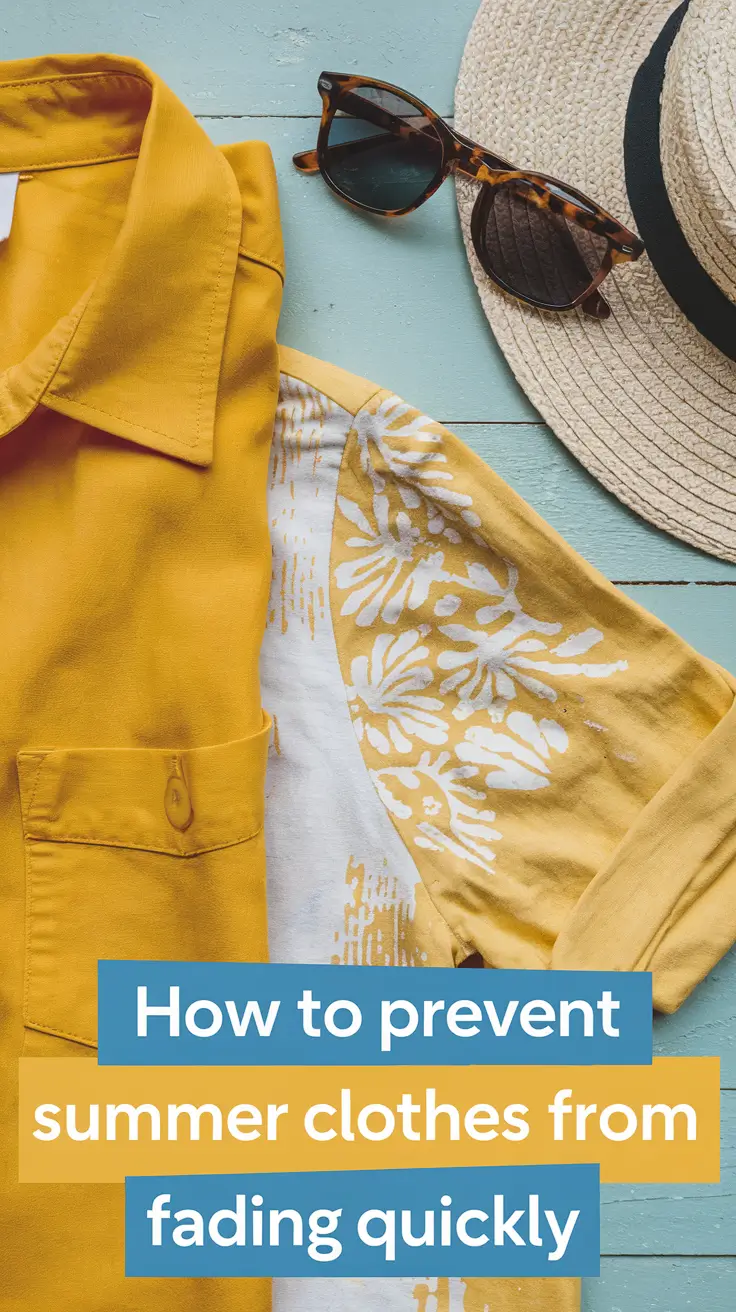
The story began with lavender shorts.
Those lavender shorts were gorgeous. Light, soft, and the color of blooming flowers during golden hour. They were bought before a trip to one of the beaches, and throughout the trip, I used them twice and washed them once. However, the next time I took the shorts out, it seemed as if someone had turned the saturation down on the picture. That was the sumer I came to realize that summer does not only drown your memories under sunlight, but it also bleaches my clothes.
If, like me, you have opened your closet in July, hoping to find your favorite pair of shorts, only to realize it is looking washed out and tired, then do not worry because you are not alone. The clothes worn in summer tend to fade quicker and this is not always due to your mistakes. Sweat, heat, sun, and even our cleaning habits contribute to this situation.
In this article, I will share with you the simple habit changes and product swap that made the difference between me keeping my summer clothes vibrant and having them appear drab. No filler. Only honest, practical, and tested summer wardrobe-savior tips based on real life.
Why Do Summer Clothes Fade Faster
This one caught me off guard: it’s not exclusively the sunlight.
Definitely, sunlight, especially UV rays, does the most damage. It weakens the fabric dyes and is a problem on lighter weaves. That, however, is not the complete picture. Summer clothes undergo this processes due to the fact that they’re worn and washed a lot more frequently. Pair that with sweat, sunscreen, and harsh detergents, and you have yourself the perfect recipe for fading.
The Natural Fading Triggers
– Sunlight: UV rays penetrate fabric, breaking down dye bonds.
– Heat: Hot water and high dryer temps accelerate dye loss.
– Frequent Washes: More wear means more washing and more friction.
– Fabric Type: Cotton and linen breathe easily, but are prone to sun bleaching.
Common Care Mistakes That Speed Up Fading
– Do not wash out of habit with hot water.
– Avoid drying clothes in direct sunlight.
– Use detergents designed for colors instead of all purpose ones.
Everything started clicking into place for me once I understood this. But first, I had to rethink my routine.
The Summer My Closet Stopped Bleeding Color
This is where is all shifted.
Last July, I devoted two weeks to visiting the coast. The weather was beautiful, the wind was warm, and I was receiving ample sunlight. When I arrived back home, it appeared that three of my favorite pieces had aged dramatically. My go-to coral maxi dress had faded to a washed-out salmon, while my navy shirt was already on its way to gray.
This made me want to rethink my garment care. I made a promise to myself. Why not treat my clothing like my skin — with precaution during the summer months?
What I Changed — and What Worked
I shifted how I cleaned my clothes. With every new piece, I ran cold water only, switched the tumble dryer for a clothesline in the shade, and started reversing garments. It felt almost effortless.
But it worked. Even my delicate items held onto their colors for much longer.
Here is a quick overview:
| Habit | Before (What I Did) | After (What I Changed To) |
|---|---|---|
| Water Temperature | Warm/Hot | Cold only |
| Drying Method | Direct Sunlight | Shade / Indoors |
| Laundry Detergent | General-purpose powder | Color-safe liquid (no bleach) |
| Clothing Position | Regular | Washed and dried inside out |
Little changes, yet massive impacts.
3 Steps That Actually Helped Me Preserve Color
Here’s how this worked in practice:
- I inverted garments prior to washing them. The inside took the hit from the washing machine while the outside was spared.
- I included a ½ cup of white vinegar during the rinse. It not only softened my clothes, but also helped to retain their color. (No, they didn’t smell like salad.)
- I began to line dry under a patio umbrella. This brought about the effect of a gentle wind while protecting the fabric from harmful UV rays. My cotton dresses retained their vividness.
How about you, would you try any of these? Personally, I was surprised at how quickly the results showed — and how simple it was to stick to the habit.
What to Look for in Summer Laundry Products
This section required a bit of digging.
Thanks to the new comparisons, I no longer thought all detergents were the same, and to my shocking discovery, designed products were far less effective than expected.
What has caught my attention as of now:
- ✨ Color-Safe Labels: Check for: “For Darks And Brights” or “Color-Protecting Formula.”
- ❌ No Bleach Or Optical Brighteners: These make items appear clean for some time, but fade them eventually.
- 🧼 Mild Liquid Formulas: During Summer, fabrics are too delicate so powders can be too damaging.
I have noticed that when I am cleaning linens or soft cottons, plant-based alternatives do the trick. And the fragrances? Lavender, citrus, or eucalyptus comes to mind. Soft yet refreshing.
Hang on to this one if you would like the feeling of freshly, crisp laundry while keeping your favorite color intact.
How You Wear And Dry Your Clothes Is Crucial
This trend started with what I thought would be the worst part: air-drying.
I was raised in a household where towels and jeans were stiff as boards due to clotheslines. But with a little twist and some experimenting in adulthood, I have never gone back.
Drying Tricks That Changed My Routine
- For delicate tops, I utilize a mesh drying rack inside the house
- Free of charge, the patio umbrella aids in avoiding sun bleaching while I hang my heavier items
- I dry light colored whites, but never bright colors*
Traveling Tip: What I Do on Vacation
For my beach trips, I make sure to bring:
- A sun safe, lightweight shawl that doubles as a cover-up
- A travel sized color safe detergent
- A portable drying line specifically designed for the hand washed pieces
Being intentional about when and where to wear certain garments goes a long way.
Choosing Colors and Fabrics That Last
Let’s form new bounds and talk strategy.
With time I have been able to identify clothing that aged gracefully versus those that quickly went out of style. You would be surprised how those insights changed what I purchased laden in excess.
Some colors and materials simply withstand the trial of time better.
This is What I Took Away:
- Earth tones like terracotta and olive won’t fade as quickly: Think Camel and Sand.
- Fabrics like linen actively preserve well: Linen and Cotton Blends with Tencel or Bamboo breathe well and last longer.
- Neon and Bright Colors unsaturated hues should be avoided: Avoid these for daily outfits as they get faded the quickest.
If done right, summer capsule wardrobes can include a complimentary mix of colors to ensure sandals french lavender stay vibrant.
It’s a longevity and stylistic decision.
Final Takeaways: Neediguing Care For Bright Colors
For some reason, I used to think fading was unavoidable — like a sunburn for your wardrobe. Turns out, that step can be altered with a little more care in habits should be taken.
For me, it’s turned into another reset in my seasonal routine. Less about achieving a specific standard and have providing my favorite pieces with a careful shield.
What’s one small change you’ve made that changed everything?
Pin this if this post is tailored for the next time you plan on prepping for a seasonal wardrobe switch, or want pastel spring outfits to pop for years on end.

